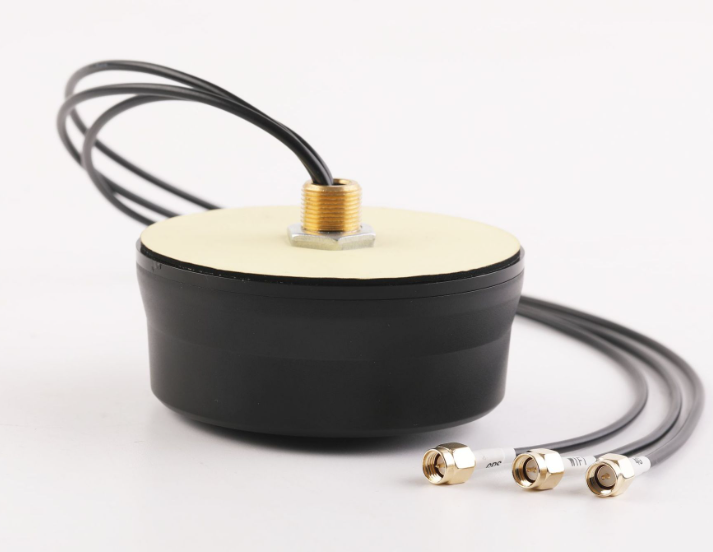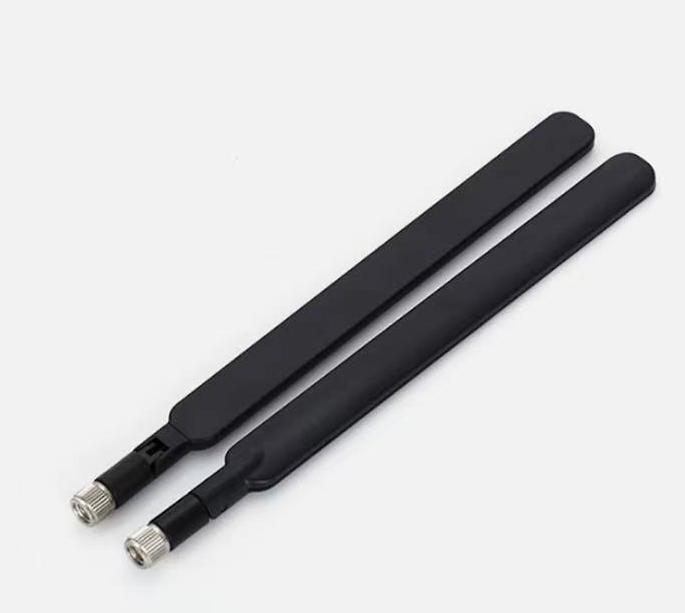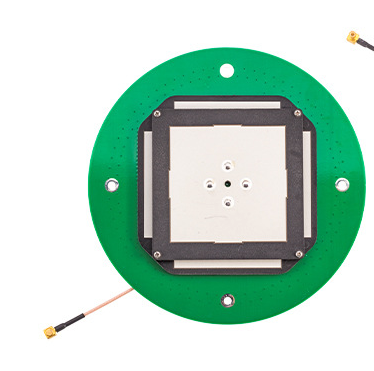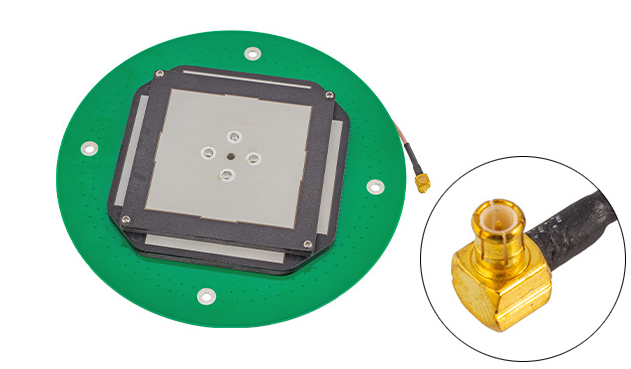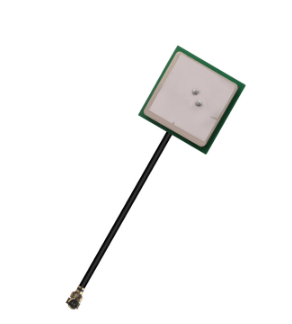Use of gps antennas
With the popularization of Global Positioning system (GPS) technology, GPS antenna is more and more widely used in various fields. GPS antenna plays an important role in vehicle navigation, UAV flight control, scientific research and measurement and other fields. This paper will introduce in detail the use of GPS antenna and matters needing attention to help readers better understand and use GPS antenna.
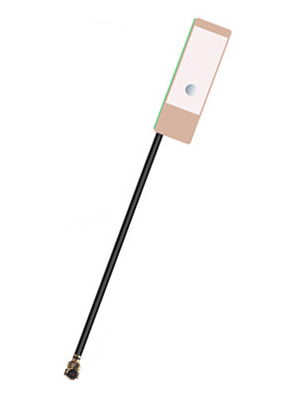
Overview of GPS Antenna
GPS antenna is the key equipment to receive GPS satellite signal, and its main function is to convert the received GPS satellite signal into electrical signal for subsequent processing and application. GPS antenna has the characteristics of small size, light weight and stable performance, so it is widely used in various scenes.
The use of GPS antennas
1. Choose the appropriate GPS antenna.
When selecting the GPS antenna, we need to choose according to the specific application scenarios and requirements, for vehicle navigation, we can choose a smaller handheld GPS antenna; for scientific research and measurement, we may need to choose a higher precision GPS antenna, but also need to consider the antenna band, gain, polarization and other indicators.
2. Install GPS antenna
When installing the GPS antenna, you need to choose a suitable installation position, the installation position of the GPS antenna should be as high as possible and away from buildings, trees and other shielding objects, in order to receive more GPS satellite signals, but also need to pay attention to the direction of the antenna to ensure that the front of the antenna faces the sky.
3. Connect to the receiver
When connecting the GPS antenna to the receiver, you need to ensure that the interface of the connector matches. The interface of the GPS antenna is SMA or SMB. When connecting, you need to connect according to the correct wiring mode to avoid damaging the antenna or receiver.
4. Initialization and configuration
Before using the GPS antenna, some initialization and configuration may be needed to set the port number, baud rate and other parameters of the antenna, which vary with different receivers and need to be set according to the specific receiver instructions.
Matters needing attention
1. Waterproof protection
When using the GPS antenna, it is necessary to pay attention to waterproof protection to avoid soaking the GPS antenna in the water for a long time, so as not to damage the internal electronic components.
2. Avoid interference
When using GPS antennas, it is necessary to avoid interference from other electronic devices, and avoid placing GPS antennas with radio, radar and other equipment to avoid signal interference.
3. Maintenance
In order to maintain the performance of the GPS antenna, it is necessary to carry out regular maintenance, clean the antenna surface regularly, and check whether the connectors and other components are damaged.
Common problems and solutions
1. The GPS signal is weak or cannot be received.
Possible cause: poor installation position or occlusion.
Solution: adjust the installation position to make sure the front of the antenna faces the sky and away from the shield.
2. GPS data is not accurate.
Possible cause: poor quality or interference of the antenna.
Solution: replace high-quality antennas to avoid interference with other electronic devices.
3. Poor contact of connectors
Possible cause: the connector is loose or damaged.
Solution: check whether the connector is loose and replace it in time if there is any damage.
This paper introduces in detail the usage and matters needing attention of GPS antenna, including the selection of appropriate antenna, installation location, connection to receiver, initialization and configuration, etc. It also introduces the waterproof protection, interference avoidance and maintenance when using GPS antenna. It is hoped that this article can help readers to better understand and use GPS antenna and provide guidance for practical application. If you encounter common problems, you can check and deal with it according to the solution provided in this paper, and correctly use and maintain the GPS antenna, which can ensure its stable performance, improve the measurement accuracy, and provide strong support for applications in various fields.
